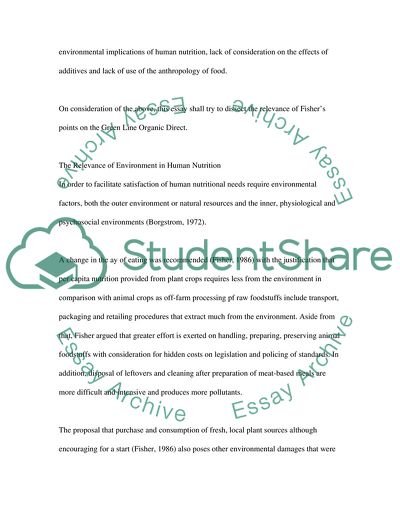Cite this document
(Green Nutrition in Australia - the Green Line Organic Direct Case Study, n.d.)
Green Nutrition in Australia - the Green Line Organic Direct Case Study. Retrieved from https://studentshare.org/agriculture/1707269-written-assignment-nutrition-communication-plan
Green Nutrition in Australia - the Green Line Organic Direct Case Study. Retrieved from https://studentshare.org/agriculture/1707269-written-assignment-nutrition-communication-plan
(Green Nutrition in Australia - the Green Line Organic Direct Case Study)
Green Nutrition in Australia - the Green Line Organic Direct Case Study. https://studentshare.org/agriculture/1707269-written-assignment-nutrition-communication-plan.
Green Nutrition in Australia - the Green Line Organic Direct Case Study. https://studentshare.org/agriculture/1707269-written-assignment-nutrition-communication-plan.
“Green Nutrition in Australia - the Green Line Organic Direct Case Study”. https://studentshare.org/agriculture/1707269-written-assignment-nutrition-communication-plan.


